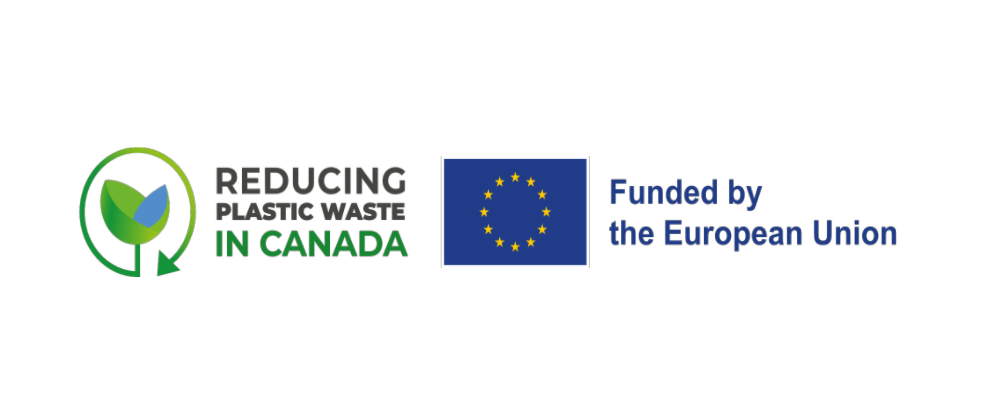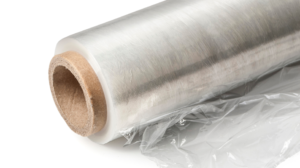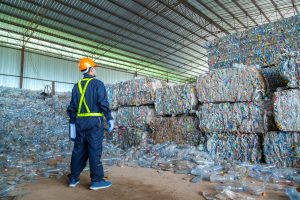- Policy
- Government
- Facts & Stats
- Plastic Pollution
- National
- International
Story 8: France Pushes EPR Well Beyond Packaging to Durable Plastic Products
France has always been a leader in regulating EPR for multiple product categories. With the passing of the Law Against Wastage and for a Circular Economy they are pushing forward with new product categories added to the list of mandatory EPR schemes, including a variety of durable plastics from new sectors not currently subject to EPR.
Starting in 1993 France required EPR programs for household packaging and agro-supply products, batteries, tires, graphic paper, EEE, vehicles, textiles, medicine, furniture, chemical products, perforating medical devices, boats, and tobacco filters. The French EPR system is organized by product type and not material type. As such, the plastics sector, for example, is represented by several Producer Responsibility Organizations (PROs). The most recognized EPR schemes are Citeo (oldest EPR scheme, responsible for household packaging waste), commercial or industrial plastic waste are directly managed under a contract between the producer and a PRO of their choosing. France is one of the countries that makes the most use of the EPR schemes in the structuring of its waste management. There are currently about fifteen EPR schemes in the country with different PROs, and twelve new schemes under development.
On January 1, 2022, five new EPR schemes were introduced as per the Law against Wastage and for a Circular Economy (2020) for designated products that are made with durable plastics: toys, sports and leisure articles, home improvement and gardening products, and products and materials from the construction sector. Decrees (regulations) defining the scope of each fraction or category of products were adopted in November 2021. A month later, the Government of France published the technical requirements for the participating EPR schemes. There will be new EPR requirements for additional sectors in the next three years: packaging from the construction and restoration sector (in 2023), fishing articles (in 2024), and industrial and commercial packaging (in 2025).
The Law Against Wastage and for a Circular Economy (2020) was developed with a goal to better promote waste prevention as the first pillar of the waste hierarchy, directly within the development of new EPR schemes. In addition, the law reforms the methods of financing EPR schemes within each sector and clarifies the purpose of EPR, as not just a method of financing recycling at end of life, but as a way to drive change upstream to prevent waste in the first place by re-designing products and packaging.
URLs
Institute National de l’Economie Circulaire
https://institut-economie-circulaire.fr/wp-content/uploads/2021/01/focus_rep_inec_2021.pdf
Journal of Field Action Science Reports
Netherlands Enterprise Agency Circular Plastic Study 2021
#CircularEconomy #Recycling #PlasticRecycling #EPR




